
SpeedSF Blog
Every Build Has a Story – Meet the Cars of SpeedSF

George’s Praga R1: Faith Over Fear
George’s collection of track cars runs the gamut, but none of his dozen or so production cars can match the intensity of his recently acquired Praga R1. This 1,500-pound sports racer has challenged him in ways nothing else has.
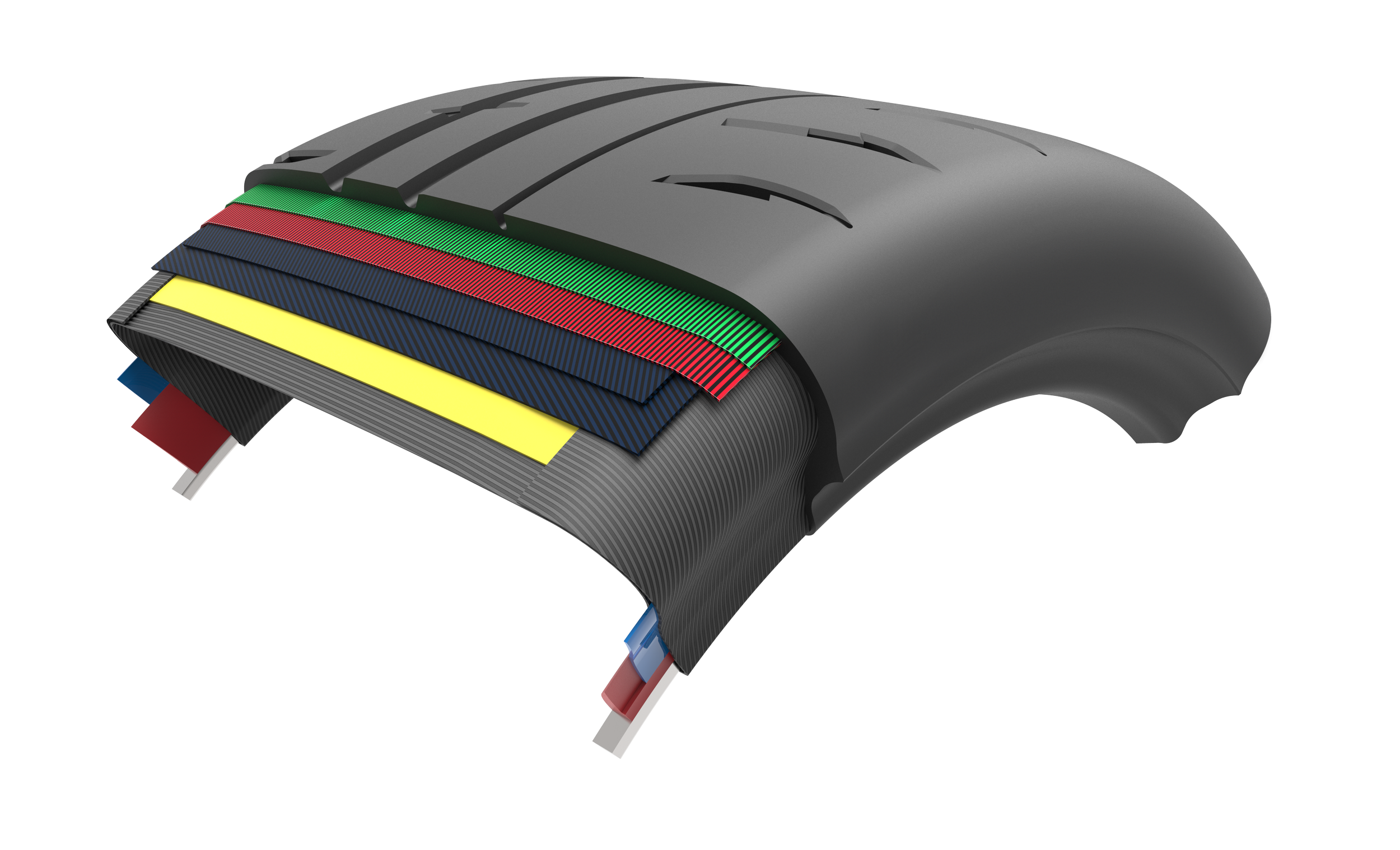
Maxxis’ VR2: A New Option for PB Hunters
Big news for the PB HUNTERS: Maxxis' new VR2 offers the consistency its predecessor was known for and adds a new level of peak grip that earns it a place among the best track day-summer tires on sale today.
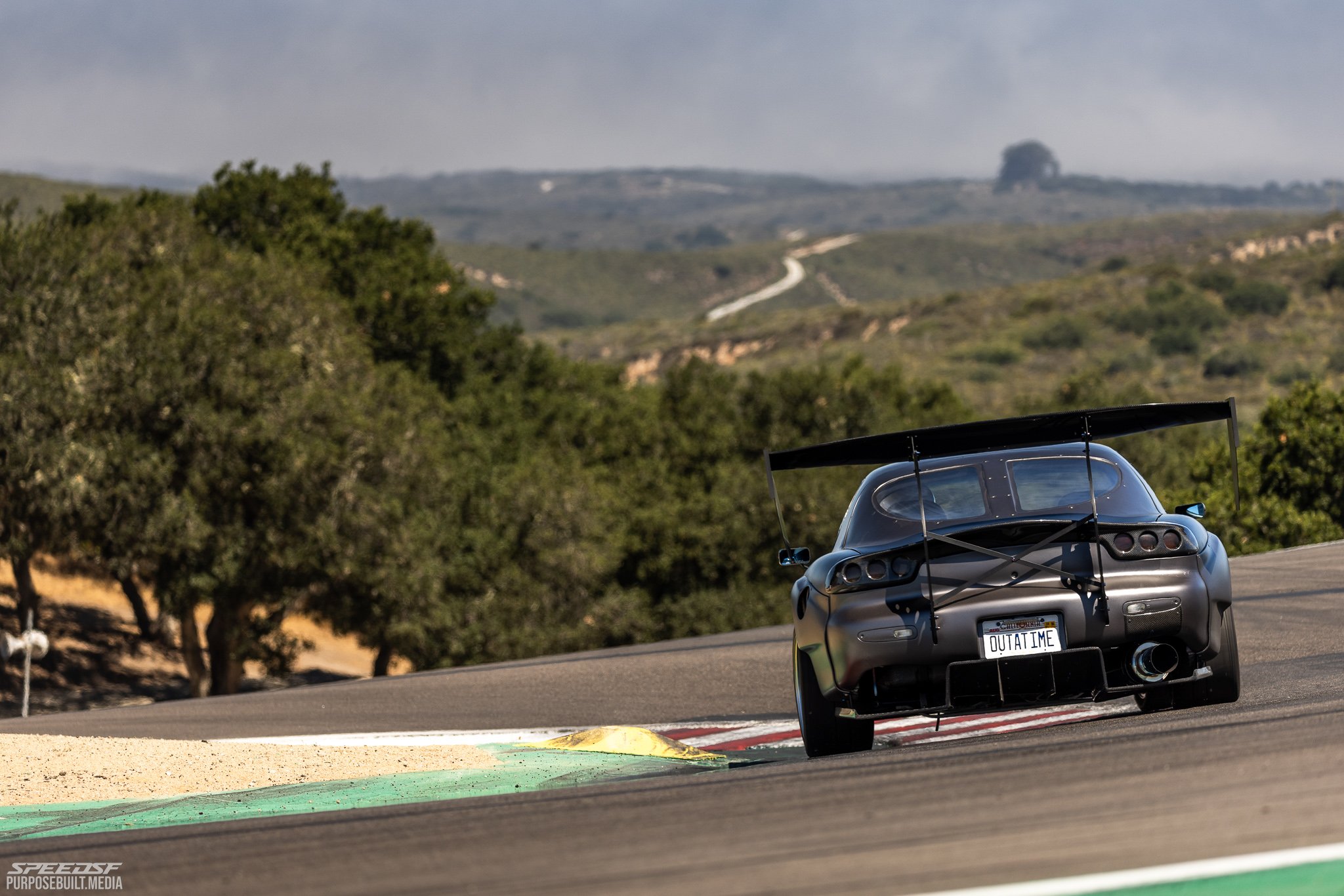
Joe’s RX-7: Long Time Coming
As problematic as the rotary engine has been for Joe Salinas, he's had a hell of a time modifying his thirteen different Mazda RX-7s — especially this track-only widebody FD3S.
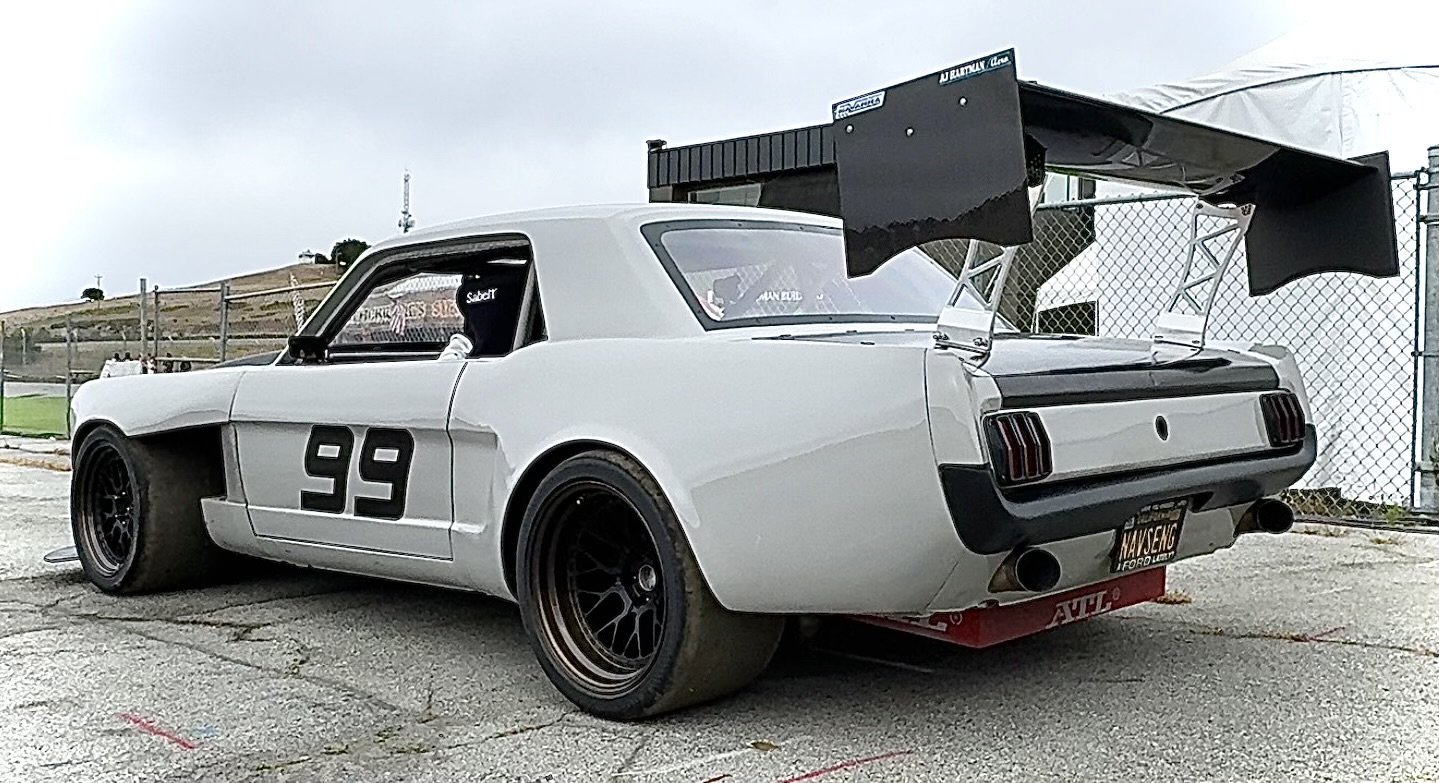
Brian’s Mustang: Keep It in the Family
With the help of capable friends and a fairly sizable budget, Brian decided to build this 1966 Mustang Coupe to a standard that most only dream about. NASCAR engine, sequential gearbox, big aero, and a elephant’s footprint make this machine one of the most extreme we’ve featured yet.

Forced Induction For Track Work: Supercharging Two Popular Platforms
The S2000 and E46 M3 have weight and nimbleness going for them. Do they need more power?
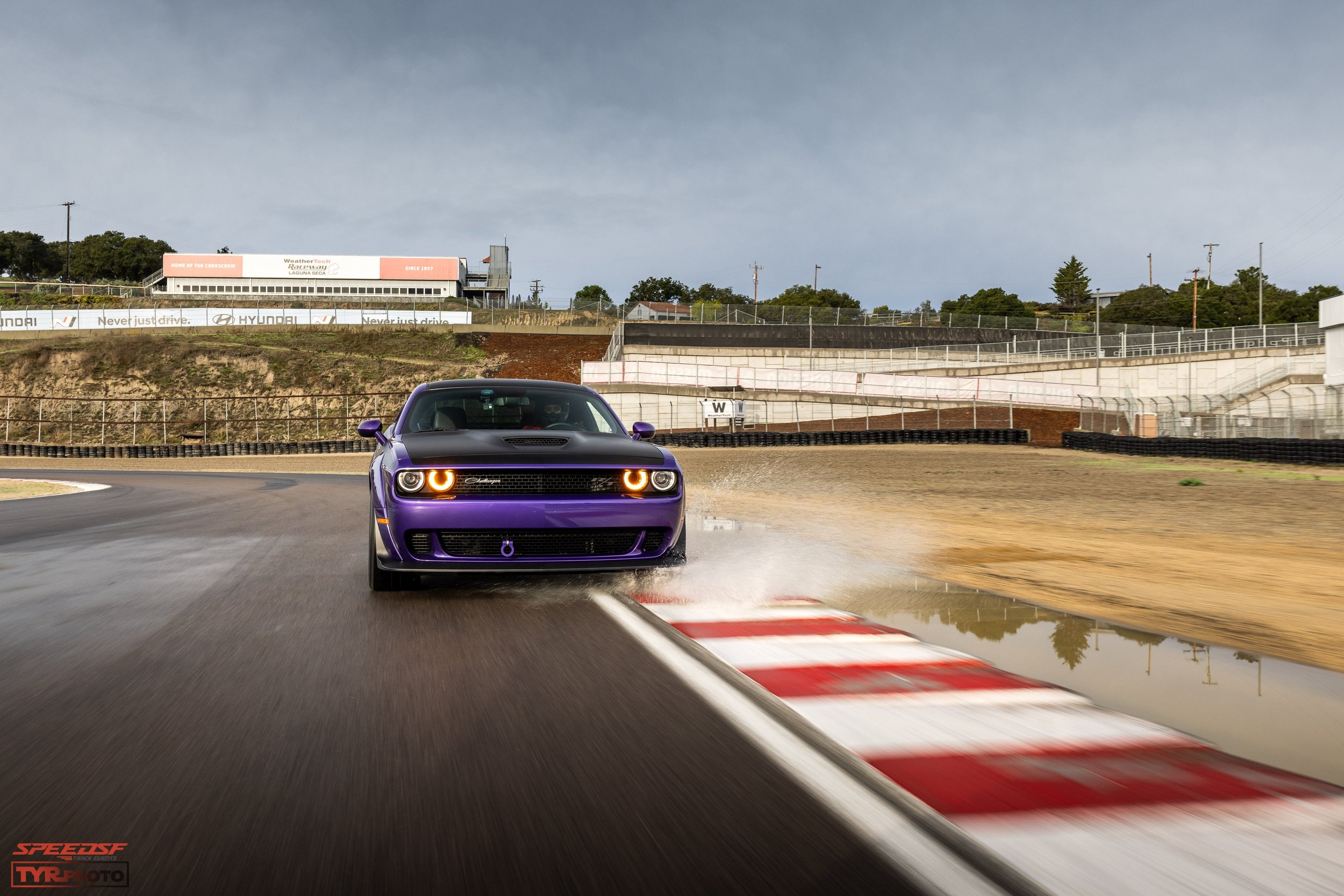
Pauline’s Challenger: Part Car, Part Canvas
Rather than take one of the proven track platforms to learn how to drive at speed, Pauline Yruretagoyena picked the car which pulled at her heart strings the hardest. Now on her second Challenger, she’s learned that the T/A version offers enough performance to keep her busy and more than sufficient style to satisfy her need for self-expression. Few track cars can be considered fashion statements, but her R/T is an exception.
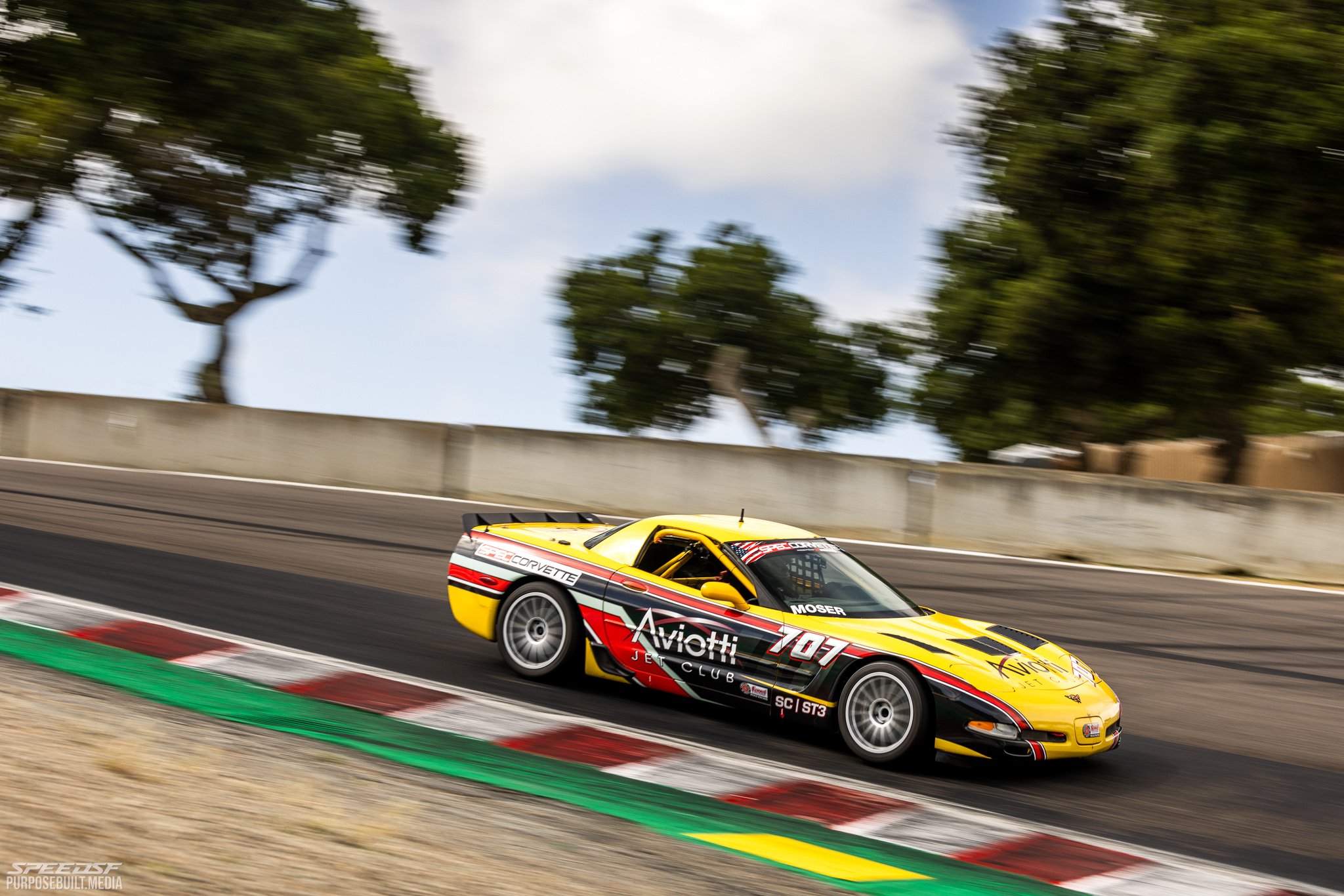
AP’s Spec Corvette: Ferrari Fill-In For Forty Large
After giving the Ferrari Challenge series a shot, AP Miranda decided he’d look for a more welcoming group of drivers in another popular club series. He found Spec Corvette, a cost-conscious series based around the C5, ticked all the boxes at a sixth of the Ferrari’s price.

Alex’s FL5 Type R: Best of Both Worlds
The FK8 was too gaudy, the MX-5 was too cramped, and the FL5 was just right. When Alex was able to bring home a new Civic Type R for the occasional track outing, he knew he’d found the best possible compromise within his budget.
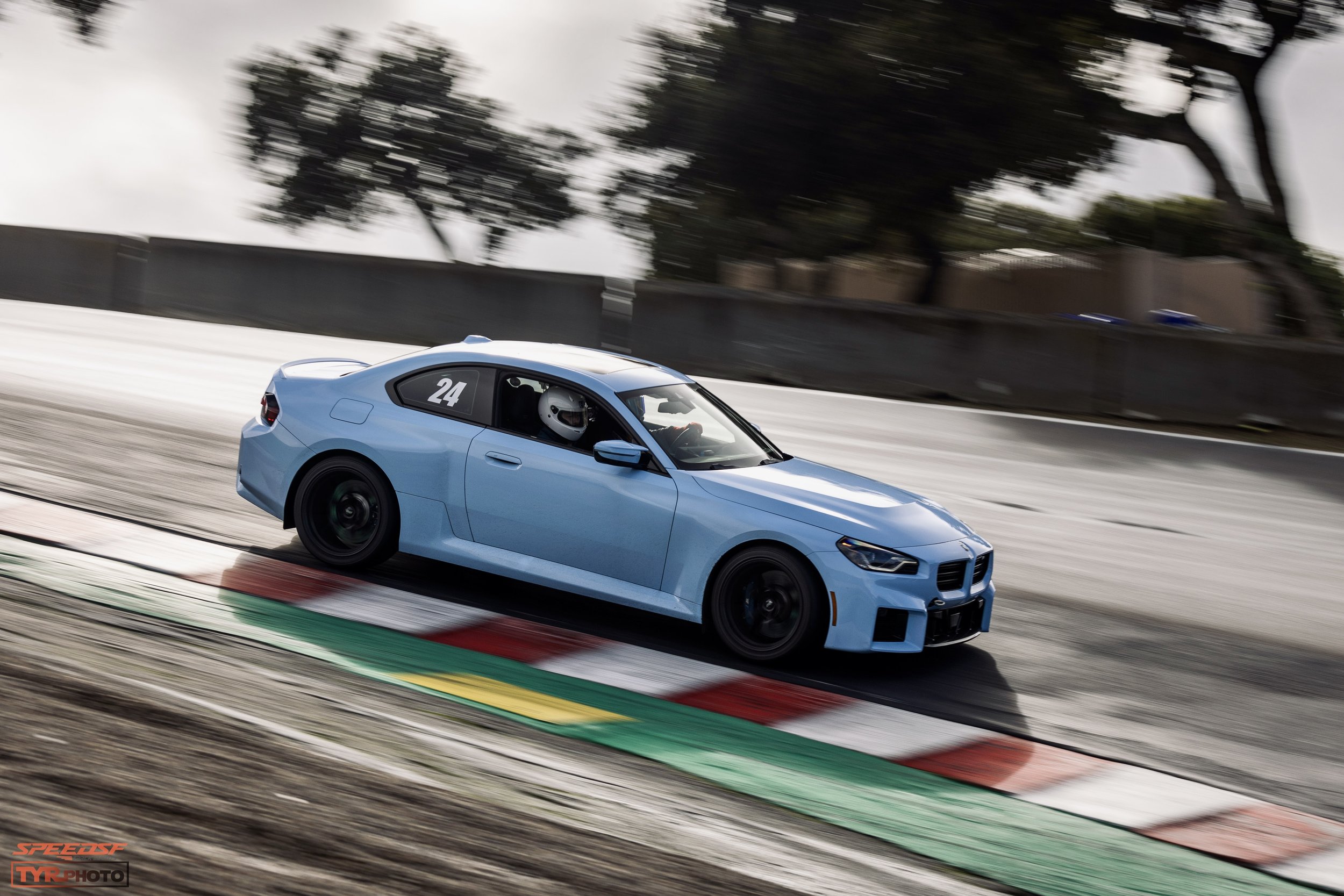
Gordon’s M2: Iteration Cycle
Rather than descend down the rabbit hole of modification, Gordon Mak decided to study the human element in the racing equation to find a process that would help him advance as a driver.
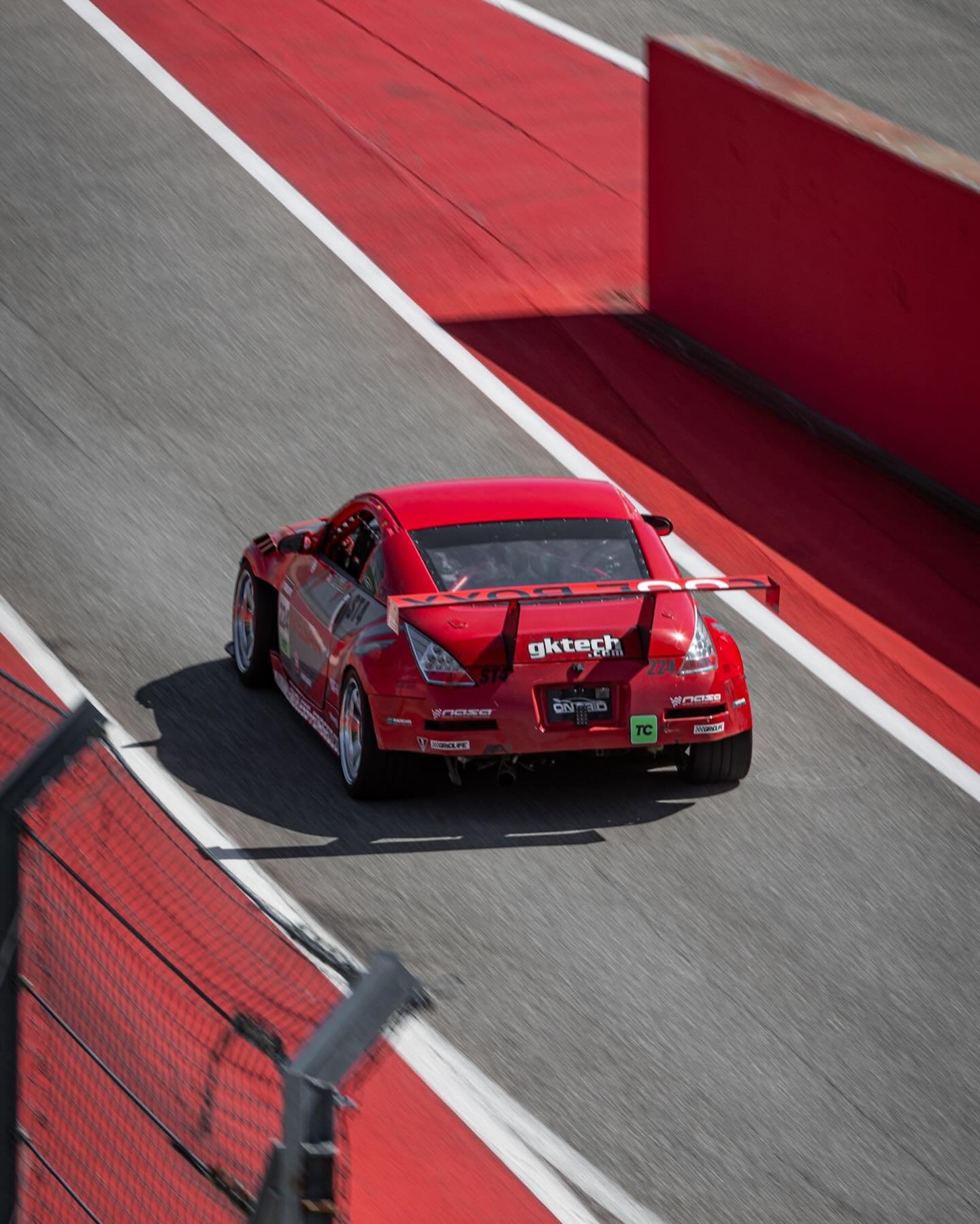
Michael’s 350Z: Take A Chance, Prove a Point
Looking for an affordable drift car, Michael “Stubz” Hillo grabbed a 350Z and started driving sideways. After some time, he recognized the car had potential as a track car -- as long as he could accept a few shortcomings.
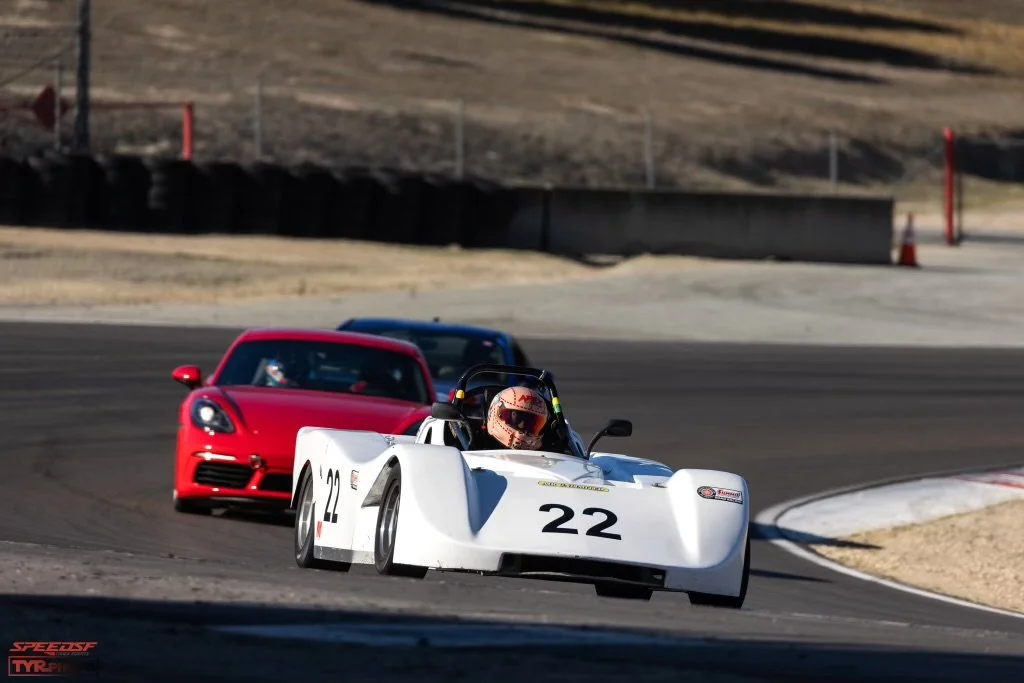
Max’s Spec Racer Ford: Lose The Ego
After cutting his teeth in a Porsche, Max got an inkling that going to a lighter, cheaper, more expendable device might expedite his improvement as a driver and budding racer.

Sonoma’s Recent Repave Helps Set New Records
Sonoma’s recent repave — the first in over two decades — has helped Speed SF’s fastest set new records in three of the Challenge groups.

Aidan’s GT3: Vision Realized
Driven to realize a very specific dream built on years of tuning high-revving Hondas, Aidan decided that this 991.2 GT3 would have the subtle cosmetic touches to wow crowds and the high-end racing modifications to set seriously impressive lap times.
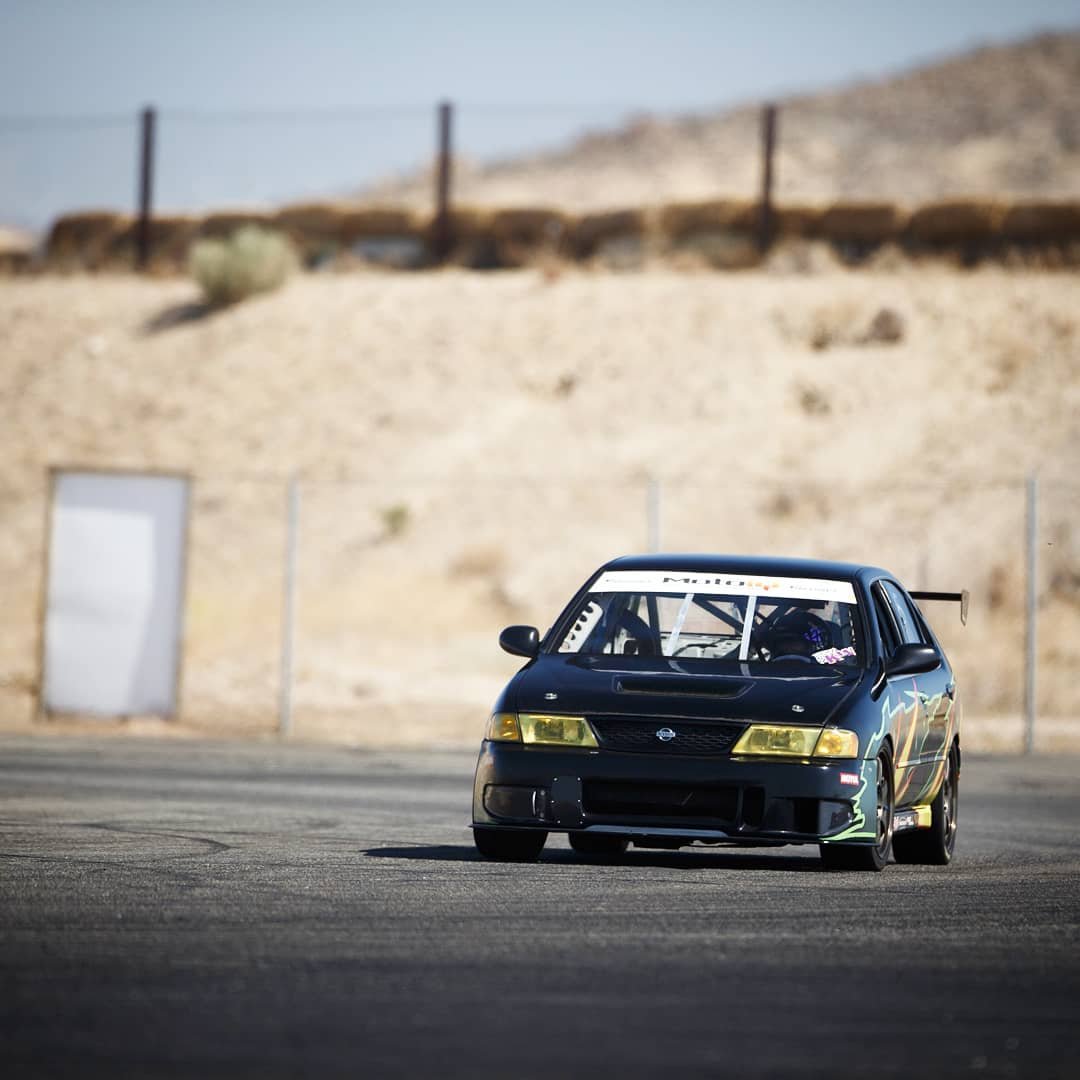
Walter’s Sentra: Lifetime Obsession
Twenty years after crewing for various teams in the Spec SE-R series, Walter began racing himself and made a very special Sentra his own.

Speed SF Challenge 2023 RECAP
Close fields, dark horses, and lots of new talent made this year’s Challenge one for the record books.
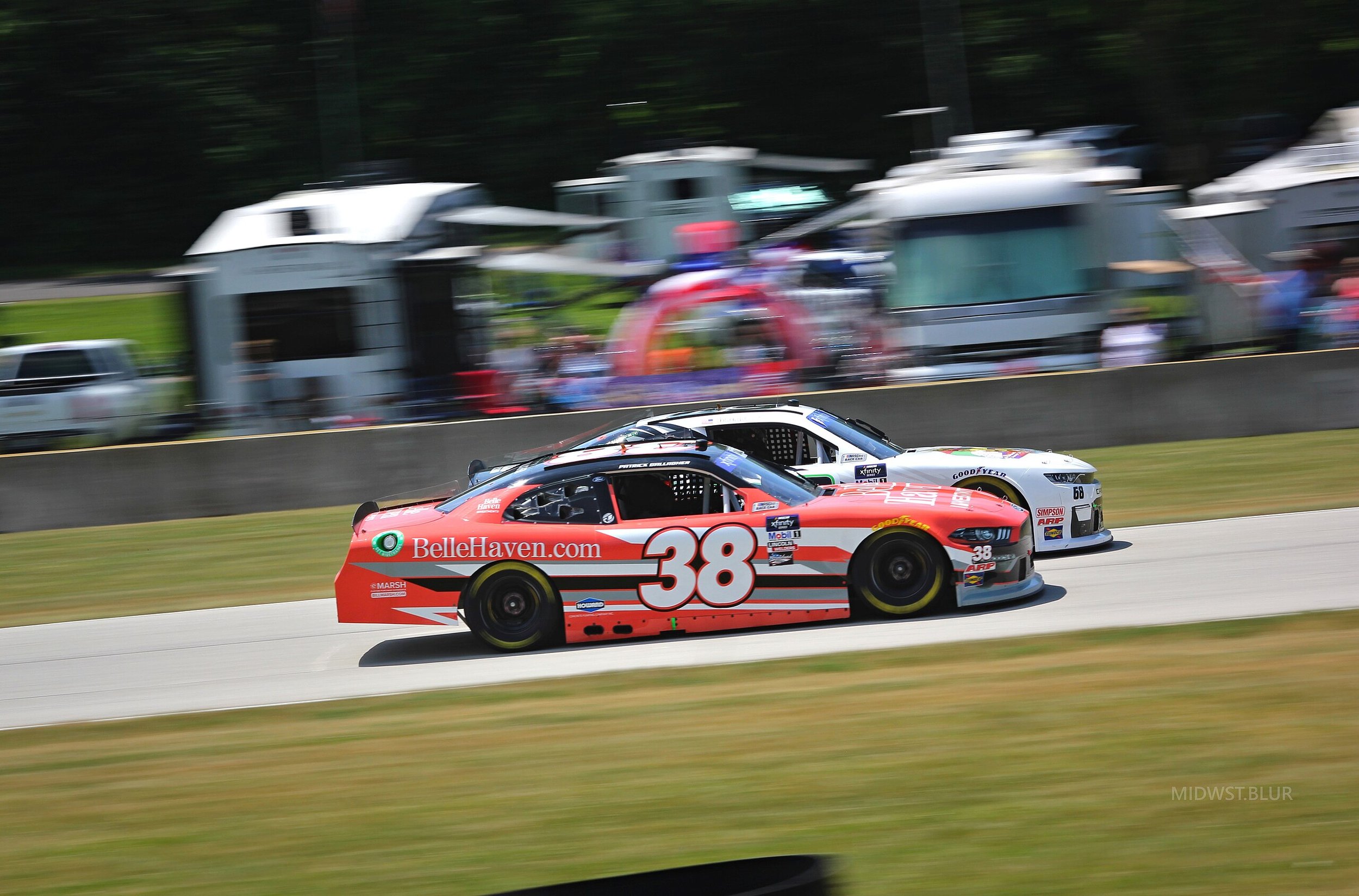
Passing Etiquette: Making Space and Saving Face
Passing and braking are the last two things a driver learns to do well. We’ve broken down a series of basic rules to follow to help learn how to make the pass stick and how to do so safely.
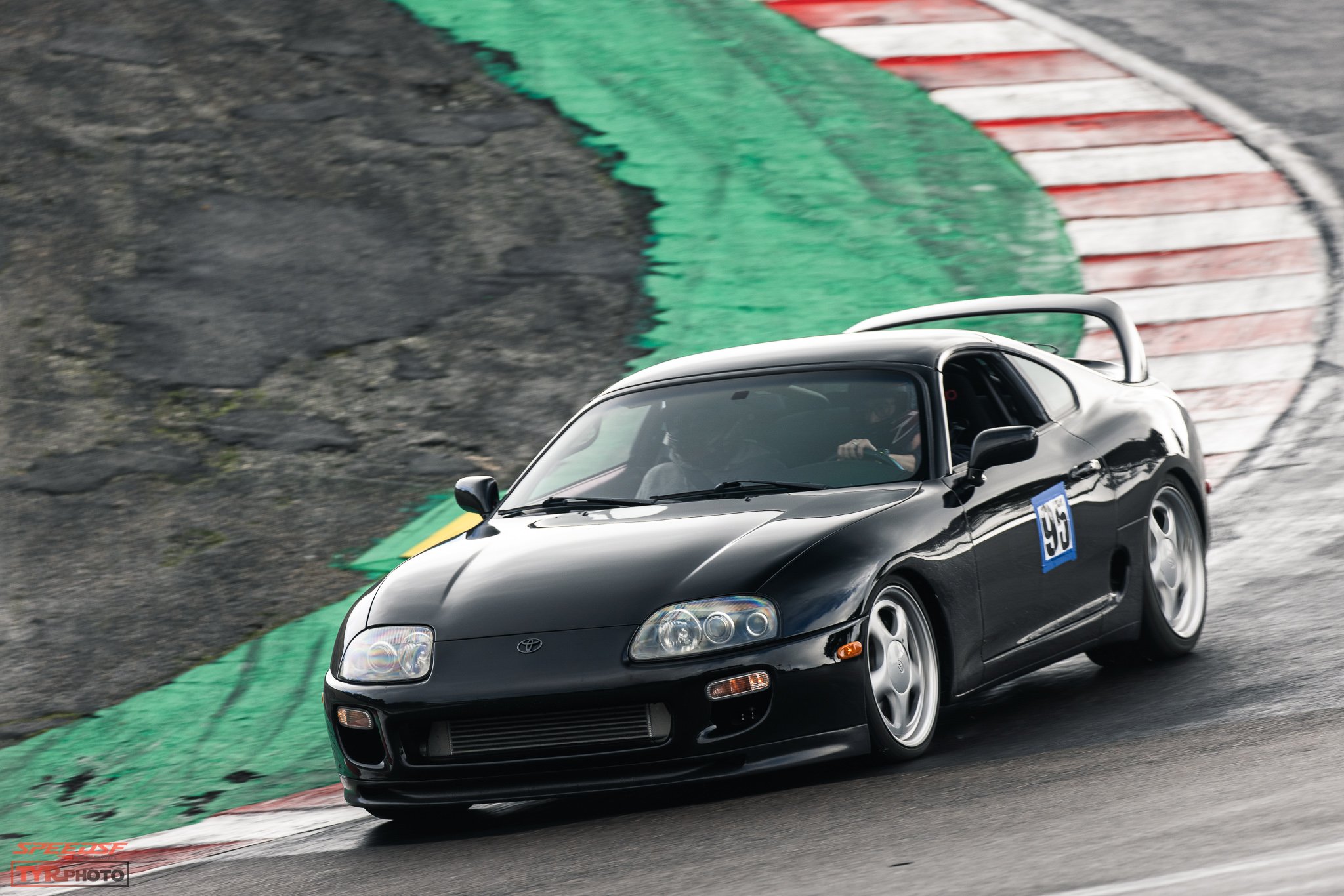
Hubert's MKIV Supra: Soft Spot
After failing to find an E30 M3 to begin tracking, Hubert decided he’d get his HPDE start in a fourth-generation Supra Turbo: the slinky grand tourer he fell in love with during his teenage street racing days.

Thomas' Corvette: In Good Company
In only two years, Thomas has learned more than most will grasp in a decade of track days. Having a solid, dependable C5 has helped him put in his time, and having Elite Performance as a resource has made fine-tuning the car so much simpler.
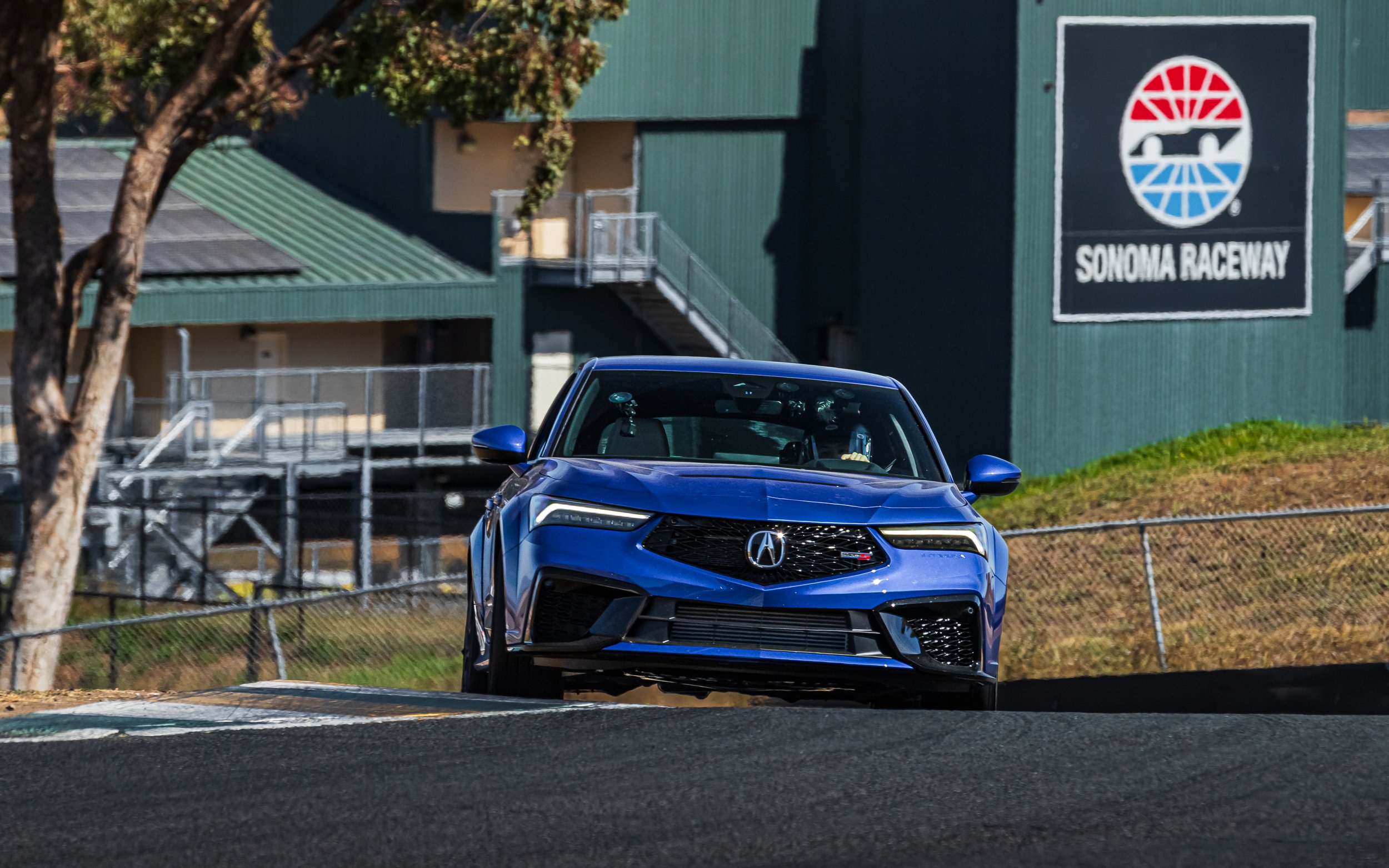
Fenton's Integra Type S: A Change of Heart
While he was on the fence for a while with Acura’s bigger, boatier Integra, the Type S had enough of the right stuff to convince him to try this front-wheel drive super sedan.

Jacek's M3: In Good Hands
By leaving some of the tough questions to the talented guys at R-Crew, Jacek’s been able to enjoy four stress-free years of regular tracking with this E46 workhorse. Simple, clean, seriously quick, and always willing to turn another lap—this car has it all.
